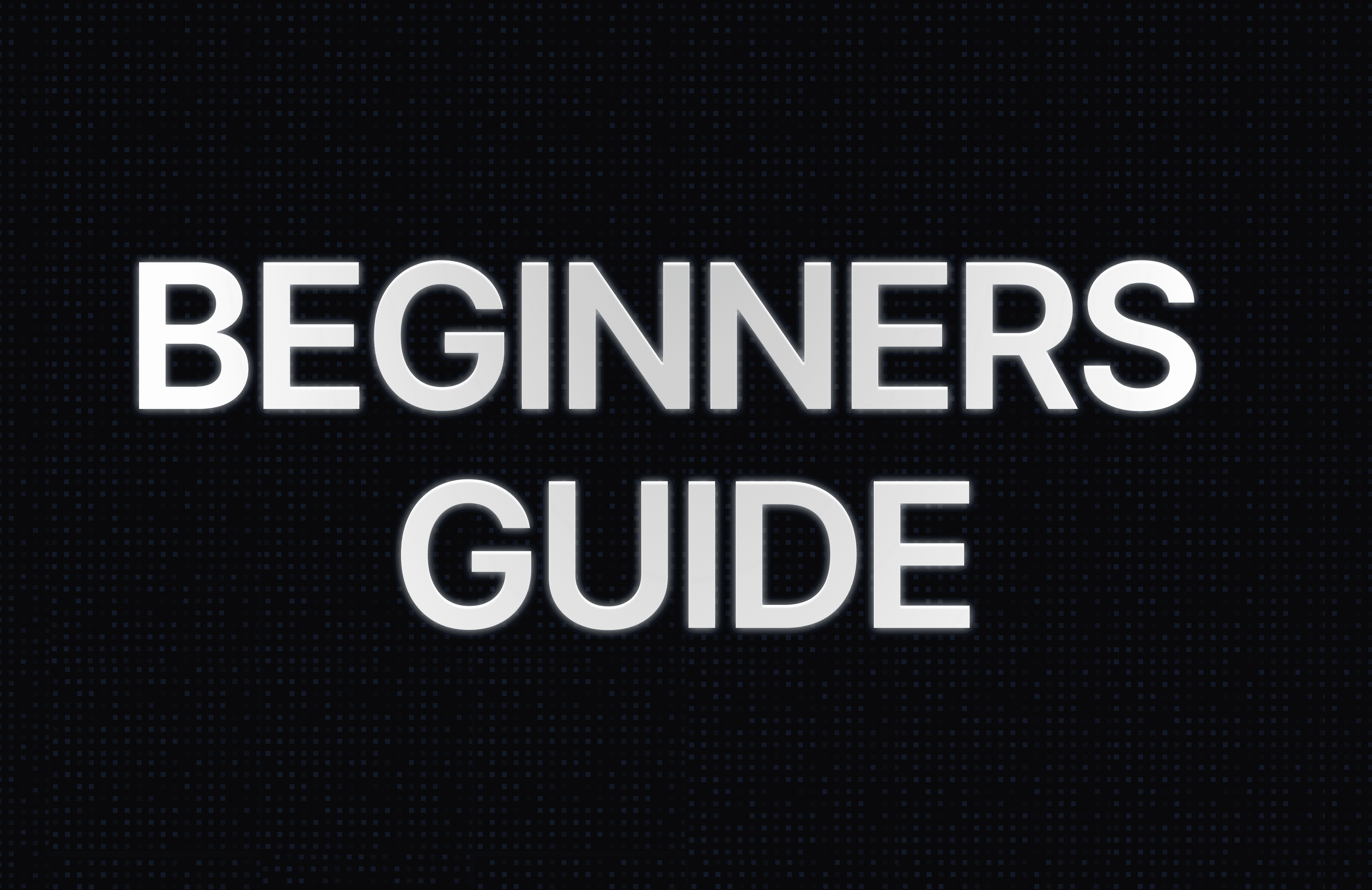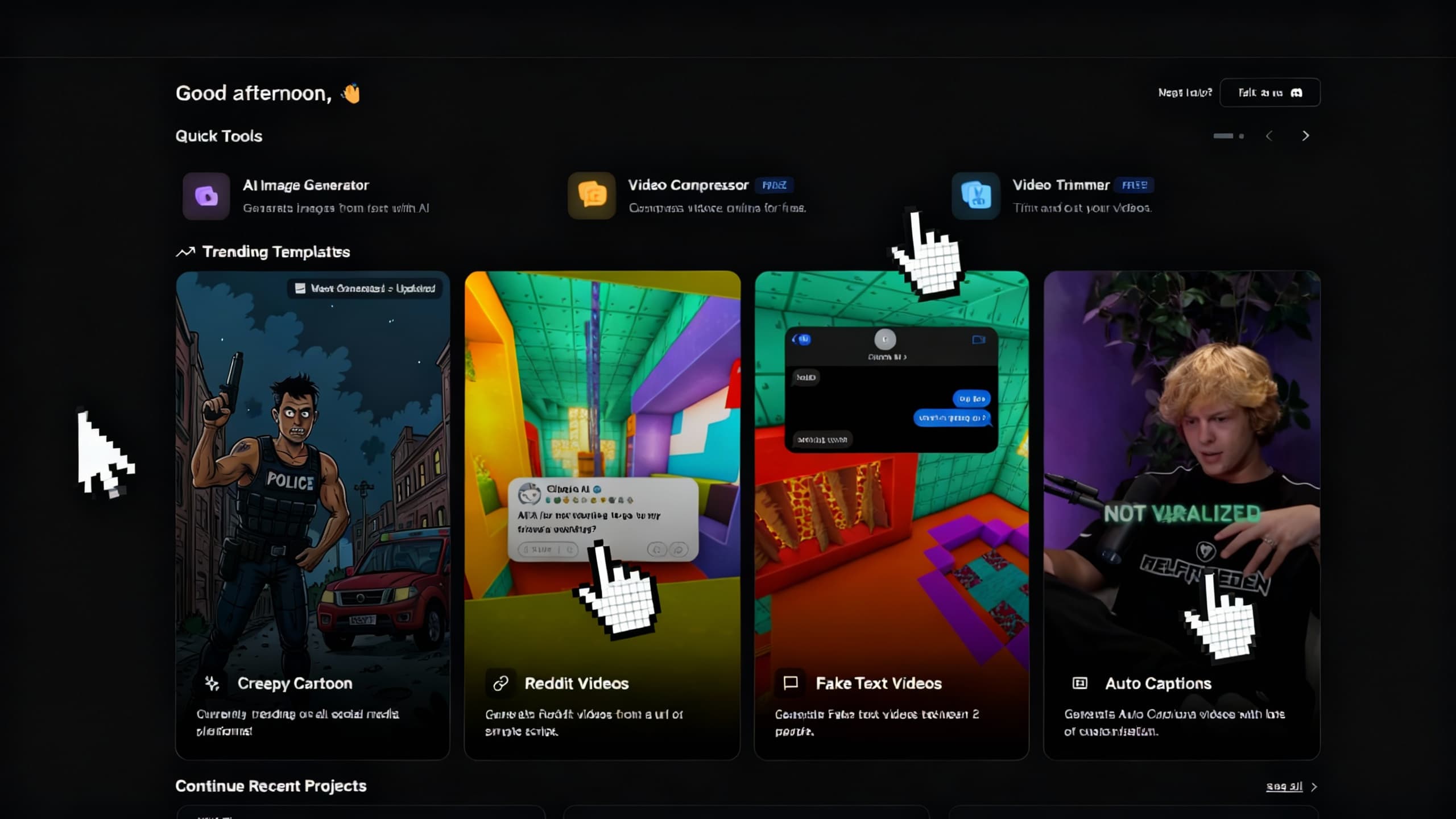The Future of Video Creation: How AI Will Reshape Content in 2025
Discover how AI tools like Clippie, Veo 3, BytePlus, and ByteDance AI are transforming video creation in 2025. Learn what trends, opportunities, and challenges creators must prepare for in the AI-first era.

Addressing the main topic
The world of video creation has never moved faster than it does today. What once required bulky equipment, countless hours of editing, and specialized knowledge can now be done with the help of artificial intelligence tools that generate, cut, and optimize video in minutes. In 2025, the rise of AI-first video platforms like Clippie, Veo 3, BytePlus, and ByteDance AI has completely transformed how creators, brands, and businesses approach content. The future of video creation is no longer about perfecting transitions frame by frame; it’s about leveraging AI to tell stories faster, smarter, and at scale.
Why this topic is relevant today
This topic is especially relevant because video is now the single most consumed form of media worldwide. TikTok, YouTube Shorts, and Instagram Reels dominate attention spans, and AI is at the center of this shift. With the explosion of generative AI models capable of producing hyper-realistic text-to-video clips, entire content ecosystems are being reshaped. Traditional editors worry about being left behind, creators wonder how to stay competitive, and businesses are racing to adapt. Discussing the future of AI in video creation isn’t just about technology, it’s about survival and growth in the creator economy.
Clear definition of the topic
When we talk about “AI reshaping video creation,” we’re referring to the integration of machine learning, generative models, and automated editing systems that can handle everything from scriptwriting to production to optimization. Instead of simply serving as supportive tools, these AI systems are beginning to act as end-to-end creators, producing video content directly from text prompts, recommending distribution strategies, and even tailoring versions of a single video for different platforms.
Overview paragraph summarizing the full blog
In this blog, we’ll explore how AI video creation has evolved, why AI tools are replacing traditional editing methods, and who the emerging leaders in the industry are in 2025. We’ll look at platforms like Clippie AI, Veo 3, BytePlus, and ByteDance AI, examining what makes them unique and how they’re reshaping short-form and long-form video landscapes. We’ll also predict what short-form video will look like in 2025 and beyond, and most importantly, outline how creators and entrepreneurs can prepare for an AI-first content era. Finally, we’ll tackle key questions people ask about AI’s role in video, before concluding with actionable steps for anyone who wants to thrive in this transformative industry.
Table of Contents
The Evolution of AI in Video Creation
Why AI Tools Are Taking Over Traditional Editing
Emerging Players: Clippie, Veo3, BytePlus & ByteDance AI
Predictions for Short-form Video in 2025
How Creators Can Prepare for the AI-First Era
FAQs
Conclusion
1. The Evolution of AI in Video Creation
The journey of AI in video creation started with simple automation. Early tools focused on trimming, adding subtitles, or suggesting music. Fast forward to 2023, platforms like Runway and Pictory introduced text-to-video features that turned scripts into basic animated clips. But the leap into 2025 is monumental. With multimodal models like Veo 3, AI can generate entire cinematic sequences from a single prompt, while Clippie AI integrates deeply into TikTok and YouTube workflows, making it the go-to tool for faceless creators.
The evolution is not just technological but cultural. The rise of AI influencers, deepfake creators, and virtual production studios has normalized the use of AI-driven content. What used to be considered “experimental” is now mainstream. This means that whether you’re a solo entrepreneur making motivational shorts or a global brand launching campaigns, AI is no longer optional, it’s essential.
2. Why AI Tools Are Taking Over Traditional Editing
Traditional video editing software like Adobe Premiere Pro or Final Cut Pro still hold value, but their relevance is shrinking fast. The biggest reason is time. Editing a single YouTube video could take anywhere from 8 to 20 hours for professionals. With AI-driven tools, that same video can be cut, styled, subtitled, and platform-optimized in under 30 minutes.
Another reason is accessibility. AI video tools don’t require technical expertise. A teenager with a smartphone can generate professional-quality content that rivals agency productions. This democratization of video creation means more competition but also more opportunities. AI doesn’t just automate tasks, it adds intelligence, suggesting the best cuts, predicting viral hooks, and even A/B testing thumbnails before publishing.
Finally, AI tools are cost-effective. Instead of hiring editors, scriptwriters, and voiceover artists separately, a creator can invest in one AI platform that covers all these roles. For small creators and startups, this means competing at a level that was impossible just a few years ago.
3. Emerging Players: Clippie, Veo3, BytePlus & ByteDance AI
Among the dozens of AI video platforms in 2025, four stand out as market leaders.
Clippie AI has positioned itself as the ultimate faceless creator’s toolkit. It excels at transforming blog posts, tweets, or raw ideas into TikTok-ready videos with voiceovers, subtitles, and stock footage integration. Its biggest strength lies in workflow optimization, creators can scale from one video a day to ten without sacrificing quality.
Veo 3, on the other hand, is the cinematic giant. It specializes in text-to-video storytelling, generating scenes that look like they were shot on Hollywood sets. While it is more resource-heavy and less optimized for short-form content, it sets a new benchmark for what AI can achieve visually.
BytePlus, an innovation arm of ByteDance, focuses on scaling AI tools for business and advertising. It offers solutions that let brands instantly localize campaigns into multiple languages, making it the choice for global companies.
Finally, ByteDance AI - the same powerhouse behind TikTok, has embedded AI directly into TikTok’s creation suite. This makes it effortless for creators to jump on trends, edit in real time, and even generate viral challenges powered by AI prompts.
Together, these players aren’t just competing, they’re shaping the rules of the video-first internet.
4. Predictions for Short-form Video in 2025
Short-form video is not slowing down. By 2025, TikTok, Instagram Reels, and YouTube Shorts account for over 70% of mobile content consumption. AI is the fuel behind this dominance. Algorithms now not only recommend content but also assist in its creation. Imagine AI suggesting scripts based on trending keywords in your niche, then generating multiple variations to test. That’s already happening.
We’re also entering an era of hyper-personalized video. Instead of one-size-fits-all clips, AI can now generate slightly different versions of the same video tailored to user preferences, such as changing accents, references, or pacing. This level of personalization boosts engagement rates and makes every video feel like it was made “just for you.”
Another prediction is the rise of AI-native creators. These are individuals who never learn traditional editing but instead build massive audiences purely with AI-first workflows. For them, editing timelines and manual cuts are as outdated as fax machines.
5. How Creators Can Prepare for the AI-First Era
The biggest mistake creators can make in 2025 is ignoring AI. To stay ahead, creators must embrace AI as both a creative partner and a scaling tool. This means experimenting with multiple AI platforms, building content pipelines that allow daily or even hourly uploads, and focusing more on storytelling than on technical polish.
Creators should also diversify their AI toolkit. For example, using Veo 3 for long-form storytelling and Clippie AI for shorts ensures coverage across different formats. It’s not about picking one tool, it’s about building a strategy around several.
Equally important is building a personal brand. While AI levels the playing field, the human element, authenticity, relatability, personality remains irreplaceable. The best creators in 2025 will be those who combine AI’s efficiency with a unique voice that resonates with audiences.
FAQs
What is the biggest AI trend in video creation for 2025? The biggest trend is end-to-end AI content generation, where AI handles scripting, editing, and distribution without human intervention.
How does Clippie AI differ from traditional editing software? Clippie AI is designed for speed and automation. Unlike traditional tools that require manual editing, Clippie automates editing, voiceovers, and optimization, making it ideal for short-form creators.
Will AI fully replace human video editors? Not entirely. While AI can handle repetitive editing, human editors will remain essential for creative direction, storytelling, and projects requiring a personal touch.
Which AI companies are leading in video technology? Clippie AI, Veo 3, BytePlus, and ByteDance AI are leading in 2025, each focusing on different aspects of video creation.
Is short-form or long-form content better in the AI era? Both have value. Short-form dominates for virality and engagement, while long-form builds authority and deeper connections. Creators who use AI to balance both will thrive.
Conclusion
The future of video creation in 2025 is an AI-first reality. With tools like Clippie, Veo 3, BytePlus, and ByteDance AI shaping the landscape, creators who adapt early will enjoy unprecedented opportunities for growth. The question isn’t whether AI will reshape content, it already has. The real question is: will you reshape your strategy to thrive in this new era?
If you’re ready to scale your content, embrace AI workflows, and build a brand that lasts, the time to start is now.
Related Blog Posts
Veo 3 & The Future of AI Video - What It Means for Faceless Creators
I Built 3 Faceless Channels in Different Niches - Which Performed Best?
AI vs Human Editors: Can Machines Truly Replace Creativity in Video Production?
Read more

The Ultimate Beginner’s Guide to Clippie AI (2025): Plans, Credits, Top-Ups, and How It All Works
Learn all about Clippie AI in 2025, including subscription plans, AI credits, and top ups, to help you create faceless videos quickly and grow your content effortlessly.

Building a Viral Workflow with Clippie AI (2025 Edition)
Learn how to build a viral, automated content workflow using Clippie AI. Discover daily systems, templates, and monetization workflows that help creators scale across TikTok, YouTube, and Instagram.

Recap: The Best AI Video Creation Trends from 2025 (And What's Next for 2026)
Complete recap of 2025's biggest AI video creation trends and expert predictions for 2026. Discover how AI tools like Clippie transformed video workflows forever.